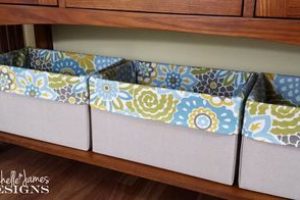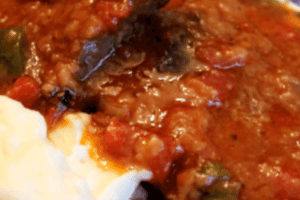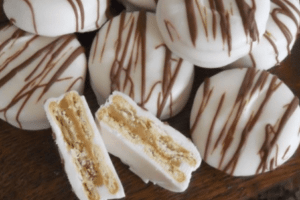4- Your soil gets souped-up.

Don’t feel entirely comfortable spraying vinegar, however distilled, onto your favorite plants? Use it to boost the acidity of your garden’s soil instead! (It’ll add some much-needed iron, too.) If water in your area is hard, or if you have a lime problem, this solution’s for you.
Simply pick your preferred method: add some distilled white vinegar to your watering can; add vinegar directly to any areas with lime deposits; or mix 1 cup of distilled vinegar per gallon of tap water, and use the mixture to water the soil.
5- Seeds get an extra head start.
Have you ever eagerly planted seeds, imagining a garden full of tasty bounty come fall, only to have them simply sit in the ground and never bud? It happens more often than you might think! Some plants, like asparagus, okra, morning glories and moonflowers, are simply more difficult to germinate.
Vinegar can fix this problem! All you have to do is gently rub the problematic seeds between sandpaper, then soak overnight in a mixture of 1 part vinegar to 4 parts warm water, with a splash of liquid dish soap. Plant as normal, and soon, you’ll see the first green shoots!
6- Your clay pots pep up . . .
Clay and terra cotta pots are classics for a reason, and plants flourish in them and the cool soil they provide. But after awhile, they absorb calcium, salt and other minerals, and lose their naturally-hued luster in the process. Luckily, a good soak in a half-vinegar, half-water solution will clean them right up.
7- . . . and your shovels have a new shine . . .

Something else vinegar can clean? As any frugal, DIY-using home cleaner can tell you, just about everything— including garden tools! If yours have been become rusty after long wintertime disuse, or simply could use a shine, spray or soak them in vinegar. Rinse them off, and they’ll look like new.
Extra bonus benefit? Vinegar, as we know, acts as a natural fungicide, so spraying or soaking your shovels and rakes after use will prevent anything from taking root, and help to stop cross-contamination between your different beds and plots.
More Tips in the Next Page …









